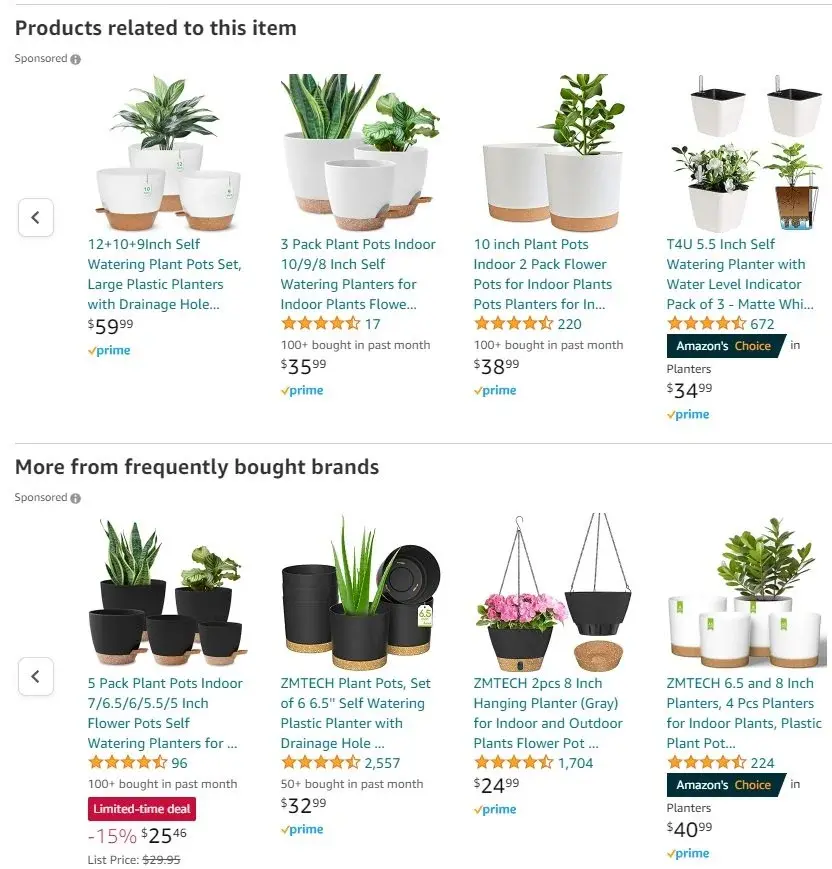Driving Revenue Growth: Key Strategies for eCommerce Success
- wahidium
- May 10, 2024
- 3 min read
Updated: Aug 26
Making a great new eCommerce site is difficult. There are many dimensions that a founder has to consider and get right before a new eCommerce site can compete with established players. Achieving sustainable revenue growth demands a strategic blend of innovation, customer-centricity, and seamless user experience. At Kaz we have helped many founders create and run their eCommerce platforms - our most recent was a completely revamped eCommerce site for the largest furniture producer in Bangladesh, HATIL, a great example of an established player.
On the other end of the spectrum, we’ve built sites for one-person companies selling very specific products that only appeal to a small user group - a very different set of business priorities in action. But over the 20 years that we’ve been doing this, we’ve found common strategies that are key to success for a new eCommerce site:
Customer-Centric Approach
Understanding your customers' needs and preferences is paramount to success in eCommerce. By adopting a customer-centric approach, you can tailor your products and services to meet their expectations effectively.
This is where data analytics becomes the key tool on your side. Utilize data analytics and customer feedback to gain insights into their behavior and preferences, allowing you to deliver personalized experiences that foster loyalty and drive revenue growth. Using tools like Google Analytics is essential and a MUST for any eCommerce site.
Seamless Checkout Experience
The checkout process is a critical juncture where many potential sales are lost. A seamless checkout experience is essential for minimizing cart abandonment and maximizing conversion rates. Streamline the checkout process by minimizing form fields, offering multiple payment options, and providing transparent shipping costs and delivery times. By making it easy for customers to complete their purchases, you can enhance the overall shopping experience and boost revenue.
The Baymard Institute conducts a comprehensive study analyzing the factors contributing to checkout abandonment. Drawing data from 41 distinct studies, their research revealed that the primary reasons for abandonment included excessively high additional costs (such as shipping fees, taxes, and other charges), mandatory account creation, and overly complex checkout processes. The most recent summary of their top reasons for cart abandonment will give you some idea of what not to do!

Product Recommendations
Personalization is key to engaging customers and driving sales in eCommerce. Leverage data-driven algorithms to provide relevant product recommendations based on customers' browsing and purchase history. By showcasing products that align with their interests and preferences, you can increase cross-selling opportunities and encourage repeat purchases, thereby driving revenue growth and maximizing customer lifetime value.
According to a study conducted by Salesforce on product recommendations, visits where shoppers clicked on a recommendation accounted for only 7 percent of total site traffic. However, these visits accounted for a significant portion of orders, making up 24 percent, and an even larger share of revenue, comprising 26 percent. Amazon does a great job in product recommendation and placing the right products in user’s view based on their recent search. Here’s a great example.

Mobile-Optimized Interface
With the increasing prevalence of mobile devices, having a mobile-optimized interface is no longer optional—it's essential. Ensure that your eCommerce website is responsive and performs seamlessly across all devices and screen sizes. Optimize loading times, streamline navigation, and simplify the checkout process for mobile users.
By catering to the growing number of mobile shoppers, you can expand your reach and capitalize on the booming mobile commerce market, driving revenue growth in the process.
This is not even an option, as without a mobile-optimized interface you are probably losing most of your customers right away! Based on insights from Statista's Market Insights, mobile e-commerce sales soared to $2.2 trillion in 2023, constituting 60 percent of global e-commerce transactions. This share has steadily risen from 56 percent in 2018 and is projected to reach 62 percent by 2027, indicating a consistent upward trend in the dominance of mobile e-commerce. Here’s their predictions going forward.

Great Customer Support
Exceptional customer support is a cornerstone of eCommerce success. Provide prompt and helpful assistance to customers throughout their shopping journey, from pre-purchase inquiries to post-sale support. Invest in training your support team to deliver personalized service and resolve issues efficiently. By prioritizing customer satisfaction and building trust, you can foster long-term relationships that drive repeat business and positive word-of-mouth, ultimately fueling revenue growth.
We recently ran a survey on LinkedIn asking our audience what they felt was the most important among these factors. Here’s the result below, food for thought!

Achieving sustainable revenue growth in eCommerce requires a holistic approach that prioritizes customer-centricity, seamless user experience, personalization, mobile optimization, and exceptional customer support.
By focusing on these key elements and continually adapting to evolving consumer preferences and market dynamics, you can unlock the full potential of your eCommerce business and thrive in a competitive landscape.
Remember, success in eCommerce is not just about making sales—it's about building lasting relationships with your customers and delivering value at every touchpoint.



